_(7).png)
Oasis in Heat: Designing Homes for Thermal Comfort in India
Artifex Interio 29-05-2025 03:32:07
"From the parched plains where the sun beats down mercilessly to the misty mountains where a chill wind whispers, India presents a tapestry of climates as diverse as its cultures", once remarked renowned environmentalist Vandana Shiva.
Just last year, in 2024, this climatic variance culminated in the nation's warmest year, with some regions experiencing temperatures exceeding 50°C. As heatwaves become more intense and prolonged, the need to design a home that brings respite from the scorching heat is the need of the hour.
Whether it’s the dry deserts of Rajasthan or the humid coastal towns of Kerala, battling relentless heat remains a unifying challenge. In a country where homes are an extension of identity, creating thermally comfortable living spaces is no longer a luxury—it is a necessity.
At Artifex Interio, our team of experienced interior designers and architects believes that intelligent design holds the key to transforming houses into havens of cool tranquility, even amidst the most brutal Indian summers. This comprehensive guide delves into the art and science of achieving just that.
Understanding India’s Heat Zones: Not All Heat Is the Same
The impact of heat, especially during the peak summer months in India, is vastly different across the subcontinent. To truly understand how to design for thermal comfort, we must move beyond a singular notion of "heat" and appreciate the nuances of India's distinct thermal zones. There are three major categories to peek into:
Type of Heat Zone
Common Cities Affected
How it Feels
Coastal Humidity
Chennai, Goa
Here, the air is laden with moisture. Even moderate temperatures can feel oppressive due to high humidity.
Dry Heat
Rajasthan, Delhi
These regions experience scorching days but cooler nights.
High-Altitude Warmth
Dehradun, Nagpur
Although technically "warmer," these regions benefit from altitude, offering cooler nights and seasonal temperature dips.
Designing for optimal thermal comfort isn’t a “one size fits all” situation. For example, the strategies used for a home’s interior in humid Mumbai will be different from the arid expanse of Jaipur. Hence, keeping the climatic differences into account is highly important when designing people’s home interior designs.
What Makes a Home Feel Cooler?
What truly makes a home feel like a refreshing escape from the heat? The feeling of “coolness” inside a home involves an interplay of varying factors, including
Material choices: The inherent properties of materials significantly influence how heat is absorbed and radiated within a space. Some materials promote rapid heat transfer, while others offer better insulation and help maintain a cooler interior.
Building layout: The strategic arrangement of rooms and openings plays a crucial role in dictating airflow patterns and the amount of direct sunlight that enters the home, thereby impacting indoor temperature.
Surface finishes: Interior design elements with reflective surfaces, insulation capabilities, and thermal mass contribute to the regulation of a home's internal temperature by either reflecting heat away or absorbing and slowly releasing it.
Design orientation: The deliberate placement of windows, doors, and even entire rooms dictates the extent to which solar heat is welcomed or effectively excluded from the living spaces.
However, beyond all these factors, the role of an interior designer and architecture triumphs it all. Their expertise ensures a holistic approach to designing spaces that are not only aesthetically pleasing but energy efficient in warmer temperatures. That’s exactly the principle we follow at Artifex Interio.
Material Matters: Choosing the Right Surfaces and Finishes
For optimal thermal performance through house interior designs, choosing the right material makes a host of difference.
Some of the best materials you should consider to keep the heat out are:
The Power of High Thermal Mass:
Interior Walls & Features: Look to add brick walls, stone detailing, or even polished concrete floors as interior design features. They provide not only a raw, textural beauty but also help in absorbing heat, resulting in regulating indoor temperatures.
Flooring Options: Choosing stone, ceramic tile, or even a solid concrete subfloor can contribute to a cooler feels underfoot and help stabilize indoor temperatures throughout the day
Ceiling Options:
Ceilings act as a barrier and can reflect heat, preventing it from entering or staying within the interior space.
Light coloured paint: Reflects sunlight and radiant heat
Reflective materials: Specialised coating or panels bounce heat back
Insulation: Installed above the ceiling, it slows down heat transfer from the roof
False ceiling: Creates an air buffer that insulates the room below
Wall Treatments with Thermal Intent:
Textured Layers with Insulation: Look at options of creating a feature wall or panelling that has a layer of insulation hidden beneath its surface. This provides visual appeal and interest while also preventing heat transfer
Strategic Use of Textiles: While not structural materials, the choice of textiles for window coverings, upholstery, and rugs can impact heat absorption. Opting for lighter colors and natural fibers like cotton and linen can help to minimize heat retention compared to darker, synthetic materials. Window coverings with reflective backings are particularly effective at blocking solar heat gain.
Lime-Infused Plaster Finishes: Aside from its natural, generally textured look, the natural properties of lime plaster can help keep indoor spaces cooler. This provides a distinctive, handcrafted appearance with extra thermal advantage.
Cool Color Palettes and Reflective Interiors to Regulate Temperature
Did you know that colour can change temperature perception? Well, if you didn’t, you know now. Darker colours, albeit how chic and royal they look in your home’s interiors, will contribute to spiking the temperature high. Lighter colours, on the other hand, reduce heat absorption.
Strategically using lighter tones for roofs, walls, and flooring not only creates an airy, serene aesthetic but also reduces thermal gain.
Having glossy finishes and light-coloured flooring further amplify the natural light while reducing heat buildup significantly.
Beyond that, consider bringing nature into your home with adding real plants both inside your home and outdoors. These, despite the small percentage, do contribute to keeping your home cooler and the air cleaner around you.
The concept of colour psychology and material science is something our architects and interior designers have mastered at Artifex Interio to design homes that are physically comfortable to live in.
Conclusion: Designing Heat-Resilient Homes Is the Future:
The future of Indian homes lies in climate-adaptive design. As heatwaves become more frequent and intense, creating homes that naturally resist heat becomes essential — not just for comfort, but for sustainability, well-being, and financial prudence.
“In a world getting hotter, the coolest luxury will be a home that understands its climate.” Do you think this thought holds true?
If you are looking to transform your home into a heat-resilient space, Artifex Interio can make that happen for you.
Get in touch with us today and let's create your dream space! Visit Artifex Interio for expert interior solutions.
RECENT POSTS
_(8).png)
Blending Tradition with Modernity: Flooring Choices for Indian Interiors
2025-05-30 12:38:02
_(7).png)
Oasis in Heat: Designing Homes for Thermal Comfort in India
2025-05-29 15:32:07
_20250524_162043_0000_(2).png)
The Art of Mixing Textures: Adding Depth to Your Interiors
2025-05-02 21:48:06
_(2).png)
The Rise of Maximalism: How Bold Style Is Taking Over Interiors & Fashion
2025-05-02 21:30:32
_(4).png)
Small Space, Big Style: Clever Interior Design Hacks for Indian Apartments
2025-05-02 15:36:45
_(5).png)

How to Make Your Room Look Aesthetic Without Buying Anything?
2023-06-01 19:54:46
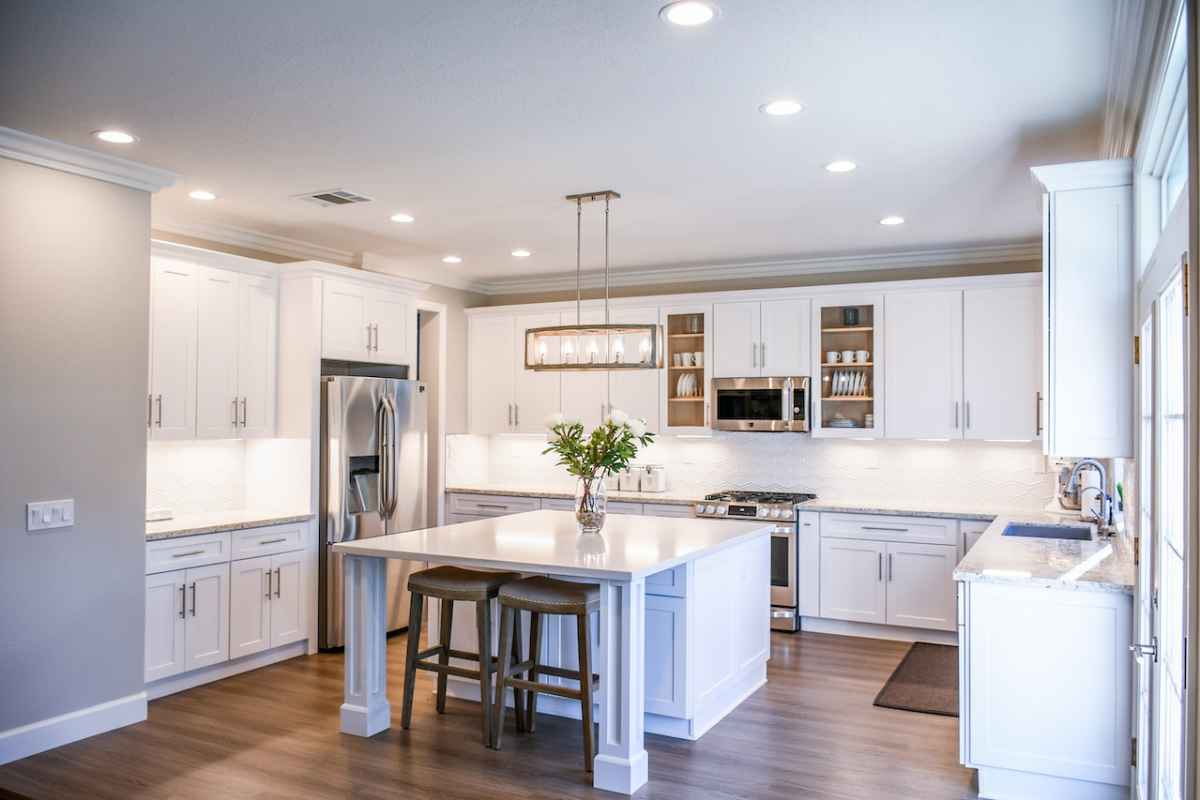
How Do I Make My 90s House Look Modern?
2023-06-01 19:43:06

Is It Better to Hire an Interior Designer or Do It Yourself?
2023-06-01 18:48:15

10 Benefits of Interior Design Consultant That May Change Your Perspective
2022-09-06 16:40:33
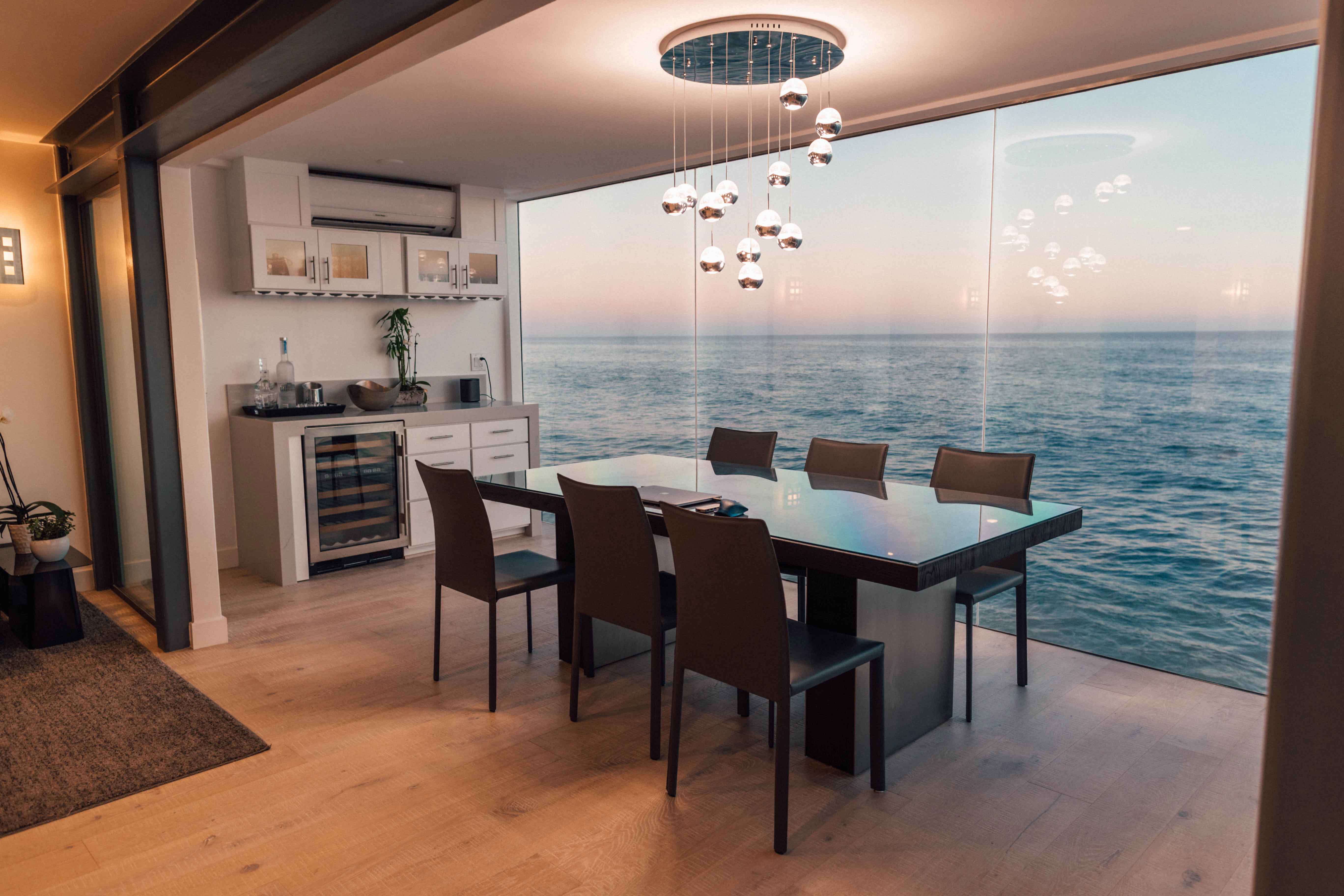
7 Reasons Why You Should Invest in Interior Design Consultant
2022-09-06 16:39:49
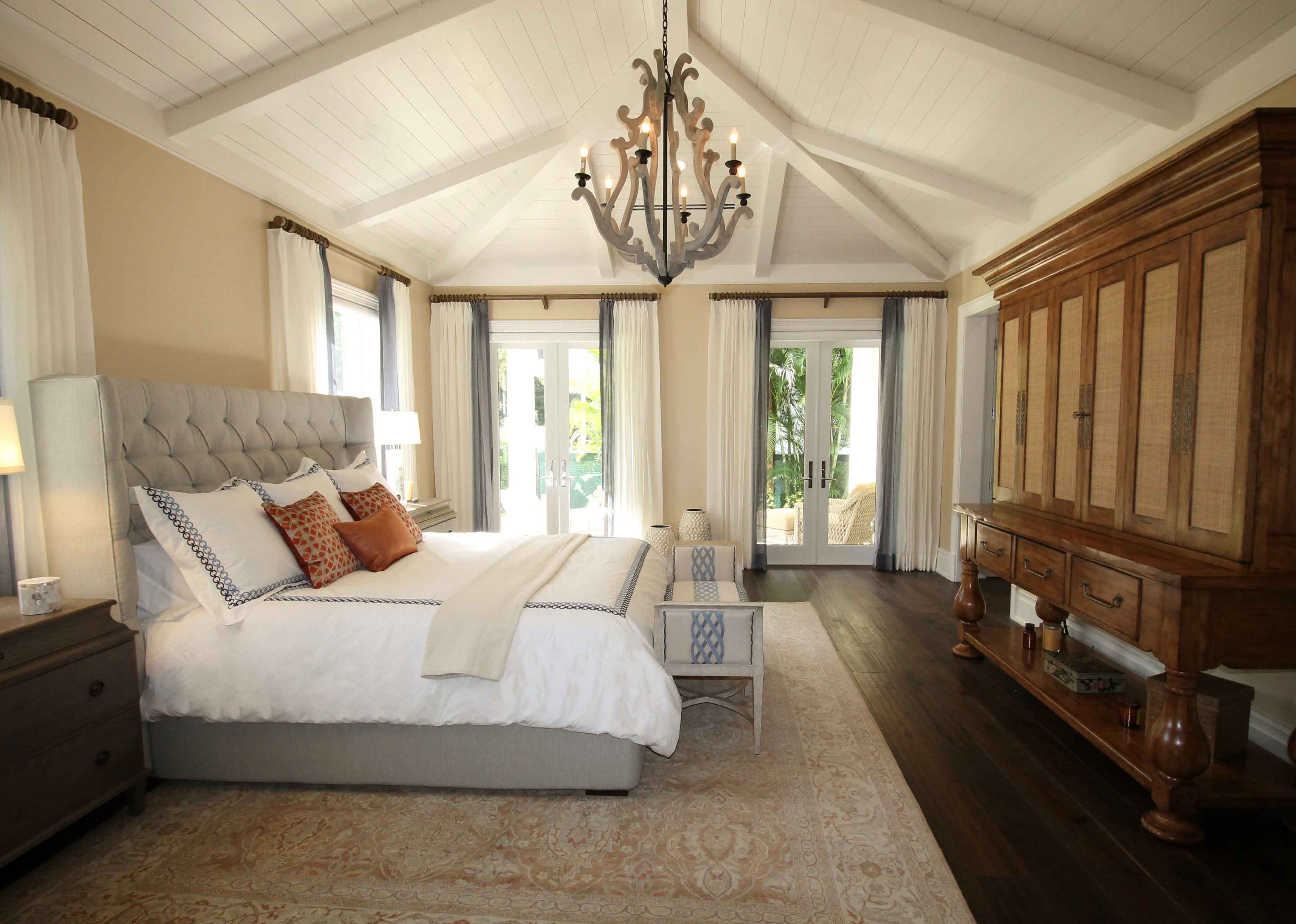
How to Get a Luxury Hotel Master Bedroom at Home?
2022-09-06 16:39:13

Creating Beautiful and Elegant Space with Artifex Interio
2022-08-17 20:57:55
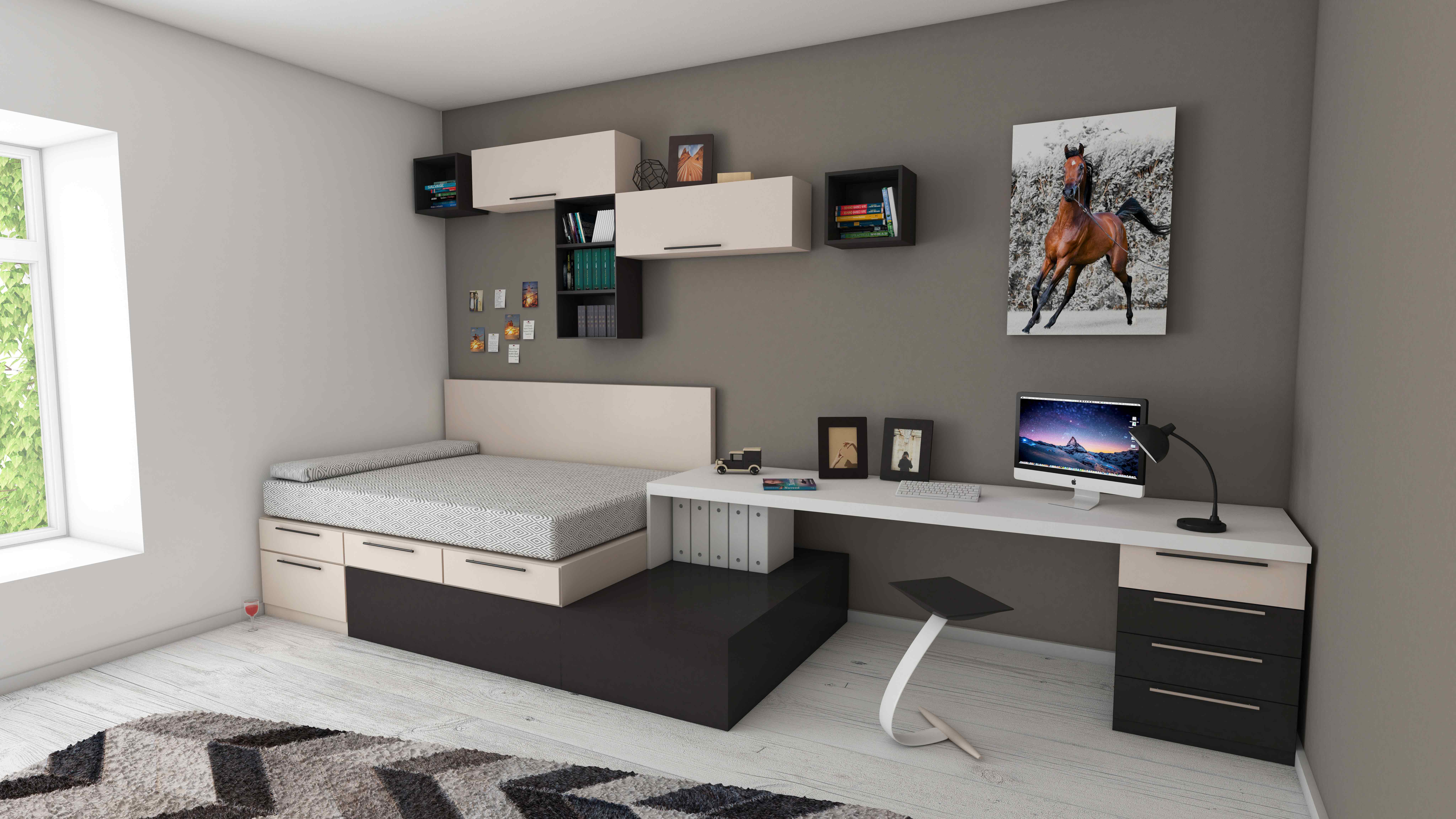
How Interior Design Consultants Can Keep You Out of Trouble?
2022-08-13 22:33:04
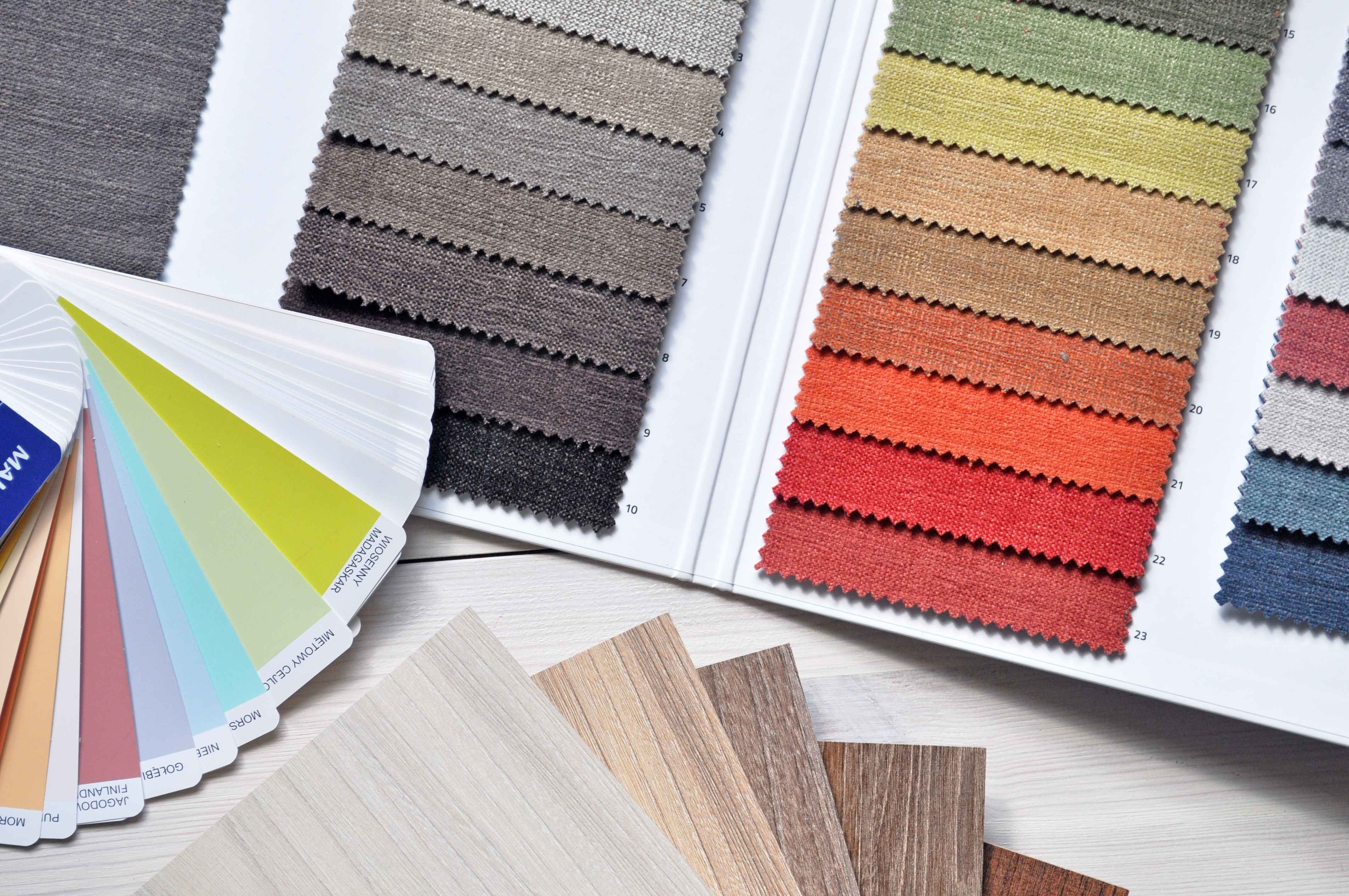
Artifex Interio Inspire You into Your Dream Interior Creations
2022-08-13 22:31:58

